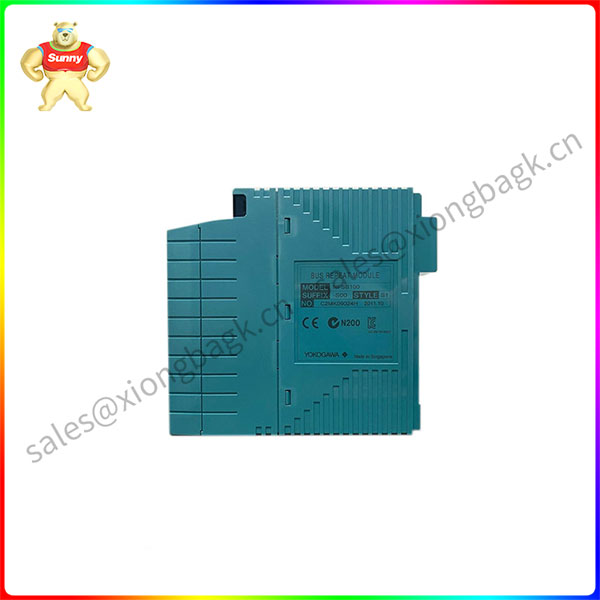POSITAL has made a major upgrade to its IXARC series of incremental rotary encoders. These encoders incorporate new magnetic sensor technology and more energy efficient embedded microcontrollers. The new generation of POSITAL encoders guarantees mechanical and electrical compatibility with earlier models, while ensuring that customers benefit from reduced power consumption in complex applications where multiple devices are connected to the control system.
These updated encoders are just the first in a series of products POSITAL will launch next year. “Our goal is to improve the performance, ease of use and usability of encoders and inclinometers,” said Dr. Ingo Moench, head of POSITAL’s Asia Pacific operations. “This program, called NeXtGen, will update the core technologies used in our products to improve performance and strengthen our supply chain control.”
The new IXARC incremental encoder uses TMR (tunnel reluctance) sensing technology, replacing the Hall effect sensors used in previous models. TMR sensors offer higher magnetic sensitivity, creating the possibility of improved resolution. TMR sensors are also less temperature-sensitive and more energy efficient than Hall-effect sensors. POSITAL will introduce TMR technology to its full range of rotary encoders, including absolute encoders as well as Kit encoders. The TMR sensors will be 
Another goal of NeXtGen is to streamline and rationalize POSITAL’s supply chain. Ingo continued, “The last few years have taught us the importance of a strong supply chain. POSITAL’s NeXtGen product is designed to reduce dependence on a single supplier and simplify production.”
The NeXtGen program is a step forward in POSITAL’s ongoing efforts to provide state-of-the-art products that meet the demanding needs of our customers. Key milestones along the way include: Absolute optical encoders (1973), magnetic encoders with the introduction of a revolutionary Wiegand power rotary counter (2005), upgraded magnetic encoders with higher resolution and improved dynamic response (2013), programmable encoders (2014) and compact, cost-effective Kit encoders for motors and drives (2014). 2017)
 中文版
中文版




